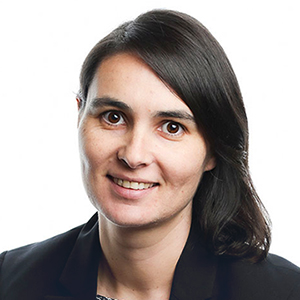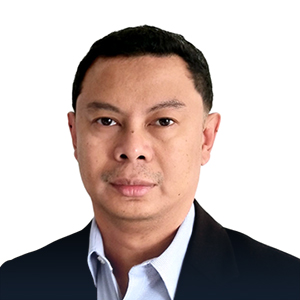The Southeast Asia Influence Index maps the landscape of geopolitical influence in this crucial region. Building on an existing body of data-driven research by the Lowy Institute, particularly the Asia Power Index, this new project is the first comprehensive assessment of the influence of major powers in the eleven countries of Southeast Asia.
Existing studies on the geopolitics of Southeast Asia focus extensively on the concept of influence, particularly the relative influence of the United States and China. However, few define, let alone compare, influence except through public or elite opinion polling. Such surveys can produce a circular logic: whichever country is said to be the most influential is in fact the most influential because it is said to be so.
The Southeast Asia Influence Index defines influence as the capacity of a partner country to shape or affect the behaviour of Southeast Asian countries by non-kinetic means. Rather than seeking to measure or compare the exertion of influence, the focus of this study is on activities capable of generating influence.
This project comprehensively measures the relative importance of ten external partners to the eleven countries of Southeast Asia, across five thematic measures of influence: economic relationships, defence networks, cultural influence, diplomatic relationships, and regional engagement. An index methodology enables the comparison of diverse data points, with partners’ overall influence, and influence for each measure and indicator, measured on a scale from zero to 100.
While the project provides insight on the state of US–China competition in Southeast Asia, the inclusion of this wider range of external partners — such as Australia, India, and Japan — acknowledges the diversity of Southeast Asian countries’ external relationships. The project also captures the relationships between Southeast Asian countries, recognising that in many cases, intra-regional dynamics and neighbourhood links are as important or more so than those with external partners.
Geographic scope
The geographic scope of the project reflects the membership of the Association of Southeast Asian Nations (ASEAN) and a selection of ASEAN’s formal dialogue partners possessing sufficient strategic weight to exert influence in the region.
Southeast Asian countries
External partners
About the Authors

Susannah Patton is Deputy Research Director at the Lowy Institute. She is also the Director of the Institute’s Southeast Asia Program and responsible for the Asia Power Index, the Institute’s annual data-driven assessment that maps the changing distribution of power in the region. Susannah joined the Institute in 2022 and her research has focused on geopolitical trends in Southeast Asia and Australian foreign policy.
Susannah frequently contributes commentary to Australian and international media outlets, and her writing has been published in leading outlets including The New York Times, Foreign Affairs, Foreign Policy and the Australian Financial Review. She is a regular contributor to the Lowy Institute’s international magazine, The Interpreter.

Jack Sato is a data analyst for the Asia Power Index at the Lowy Institute. He joined the Institute in 2022. He holds a degree in Science/Arts, majoring in Statistics, Chinese, and Japanese (minoring in International Relations) from the University of Queensland.

Rahman Yaacob was a Research Fellow in the Southeast Asia Program at the Lowy Institute. His research interests include Southeast Asia’s defence and security issues and the region’s relations with major powers.
Before joining the Lowy Institute, Rahman completed a PhD at the National Security College, Australian National University. His dissertation examined Singapore’s defence policy and analysed the broader strategic and security issues relating to ASEAN during the Cold War. He previously served nearly 18 years with the Government of Singapore, holding various command and staff postings in security-related areas.
Acknowledgements
This research was supported by the Australian Government through a grant by the Department of Defence. The views expressed herein are those of the authors and are not necessarily those of the Australian Government or the Department of Defence.
The principal researchers would like to acknowledge the critical research, review, editorial, and design contributions of Clare Caldwell, Ian Bruce, Stephen Hutchings, and Hervé Lemahieu.
The authors also gratefully acknowledge the advice and suggestions of Julio Amador, Dewi Fortuna Anwar, Aries Arugay, Ben Bland, Peter Chang, Malcolm Cook, Laura del Rosario, Eric Frecon, Hafiizh Hashim, Murray Hiebert, Sufrizul Husseini, Ilango Karuppanan, Anoulak Kittikhoun, Kei Koga, Jaehyon Lee, Shahriman Lockman, Busaya Mathelin, Scot Marciel, Parker Novak, Kai Ostwald, Prashanth Parameswaran, Tom Parks, Gordon Peake, Sihasak Phuangketkeow, Greg Raymond, Valerie Rozman, Sharon Seah, and Sean Turnell. The authors alone are responsible for any errors or omissions.
The Southeast Asia Influence Index site was designed and built by Stephen Hutchings.